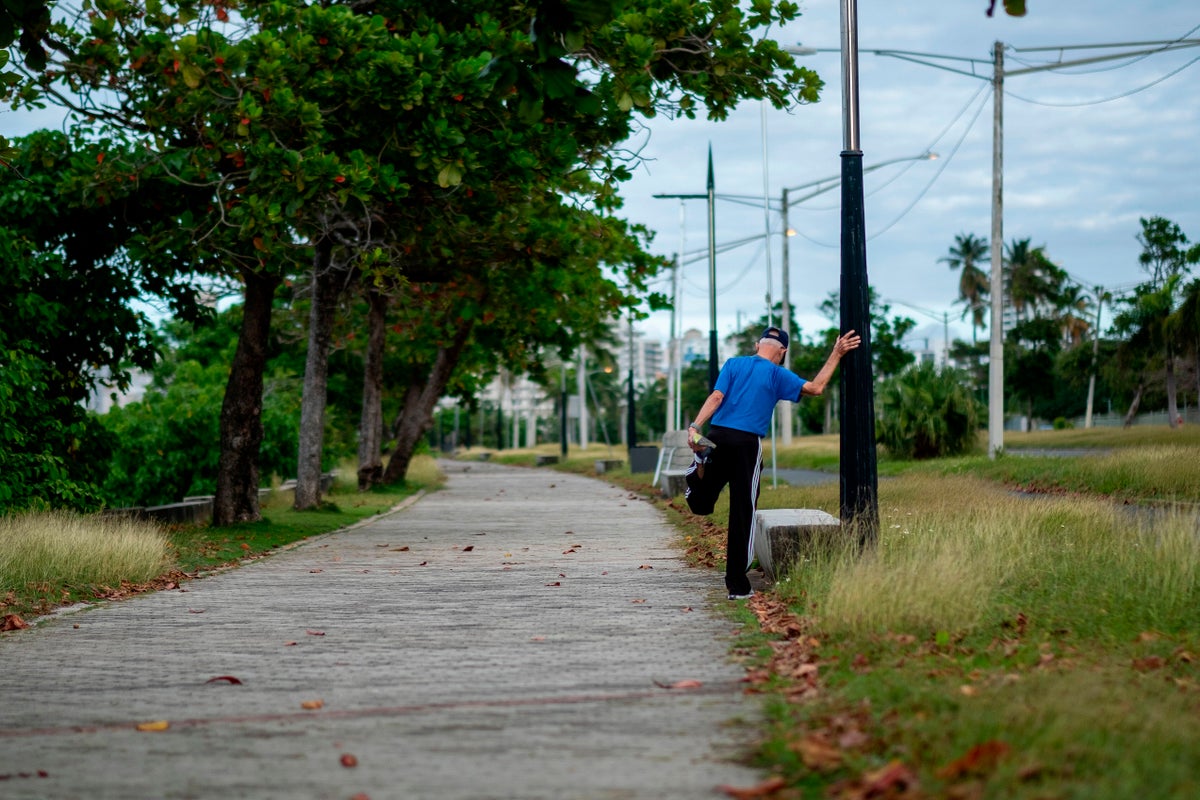Inability to complete simple at-home test linked to increased risk of early death

An inability to stand on one leg in older age is linked to increased risk of earlier death, according to a new study that sheds more light on the association between balance and mortality.
The study, published in the British Journal of Sports Medicine, found that middle-aged people and senior citizens who are unable to stand on one leg for more than 10 seconds have greater chances of dying in a decade than those who are able to pass the mobility test.
Earlier studies have linked the inability to stand on one leg to a greater risk of stroke, and previous research has also found a link between poor balance in older age and the onset of dementia.
While the new findings are observational and do not establish a cause-effect link, the researchers, including Claudio Gil Araujo of the Clinimex exercise medicine clinic in Rio de Janeiro, say the balance test could be done in health checkups of older people.
The 12-year research, which ran from 2008 to 2020, assessed the ability of over 1,700 people who were aged between 51 and 75 and had stable gait, to stand on one leg for 10 seconds without any support, while allowing three attempts on either foot.
Researchers say a standardised test for balance has so far not been included in health checks of middle-aged and older people.
They found that about a fifth of the participants failed the test, and over the next decade, 123 individuals died of various causes.
Scientists say the inability to stand unsupported on one leg for 10 seconds is linked to an 84 per cent greater risk of death from any cause, adjusting for age, sex, and underlying conditions.
The findings are also in line with observations made in a 2014 study, published in the journal Stroke, which found that an inability to balance on one leg for 20 seconds or longer is linked to an increased risk of small blood vessel damage in the brain, and a reduced ability to comprehend ideas.
Research has also found that standing on each leg for about a minute three times a day can help improve hip bone mineral density.
Stronger hip bone mineral density, scientists say would also make people less likely to fall and fracture bones.
Citing the limitations of the new study, researchers say the participants were all white Brazilians, suggesting the results may not be extrapolatable to other ethnicities.
However, they say the research “provides rapid and objective feedback for the patient and health professionals regarding static balance,” and “useful information regarding mortality risk in middle-aged and older men and women”.
For all the latest Science News Click Here
For the latest news and updates, follow us on Google News.

